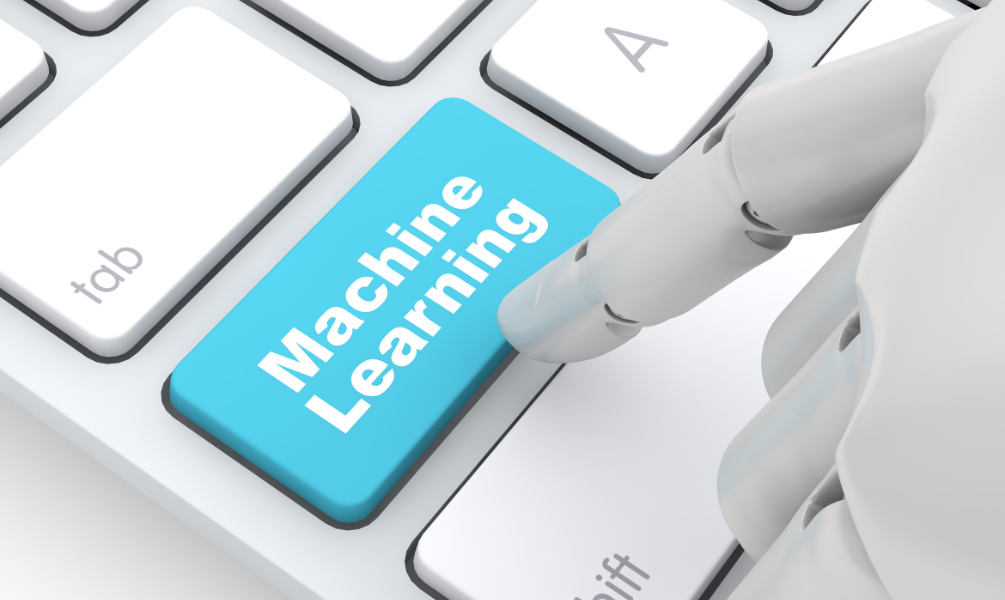Best In the Town Saloon Services
Get Your Desired Saloon Beauty service at Your Door, easy to schedule and just few clicks away.
Machine Learning

Description
The topics covered in this course are:
- Data Exploration and Visualizations
- Neural Networks and Deep Learning
- Model Evaluation and Analysis
- Python 3
- Tensorflow 2.0
- Numpy
- Scikit-Learn
- Data Science and Machine Learning Projects and Workflows
- Data Visualization in Python with MatPlotLib and Seaborn
- Transfer Learning
- Image recognition and classification
- Train/Test and cross validation
- Supervised Learning: Classification, Regression and Time Series
- Decision Trees and Random Forests
- Ensemble Learning
- Hyperparameter Tuning
- Using Pandas Data Frames to solve complex tasks
- Use Pandas to handle CSV Files
- Deep Learning / Neural Networks with TensorFlow 2.0 and Keras
- Using Kaggle and entering Machine Learning competitions
- How to present your findings and impress your boss
- How to clean and prepare your data for analysis
- K Nearest Neighbours
- Support Vector Machines
- Regression analysis (Linear Regression/Polynomial Regression)
- How Hadoop, Apache Spark, Kafka, and Apache Flink are used
- Setting up your environment with Conda, MiniConda, and Jupyter Notebooks
- Using GPUs with Google Colab
By the end of this course, you will be a complete Data Scientist that can get hired at large companies. We are going to use everything we learn in the course to build professional real world projects like Heart Disease Detection, Bulldozer Price Predictor, Dog Breed Image Classifier, and many more. By the end, you will have a stack of projects you have built that you can show off to others.
AED200.00
1 Week
Master AI with Lipslay’s Machine Learning course. Learn algorithms, data modeling, and AI techniques — all from home in Dubai.